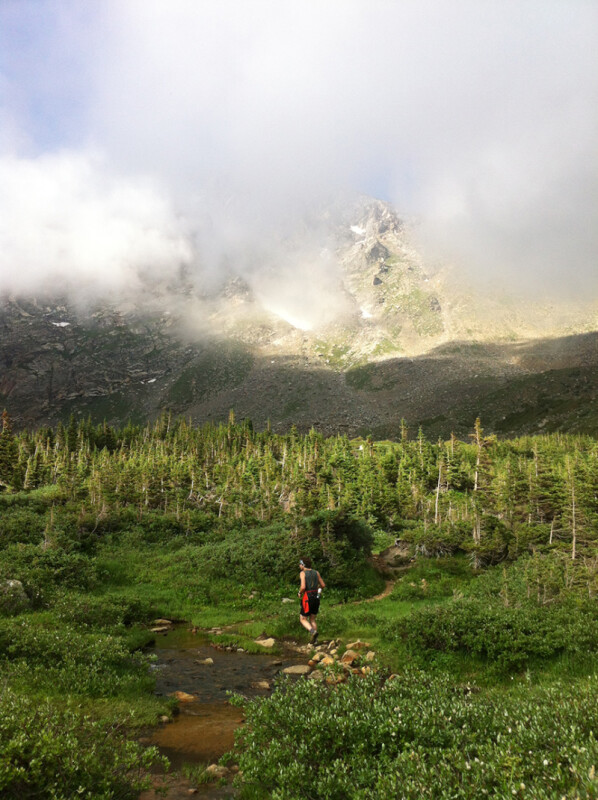Looking to answer the age-old question of how trail runners differ from road runners – beyond the obvious that one group dodges traffic while the other takes on tough terrain – sports technology company Coros recently dove into the data to see what they could find. That data might surprise retailers, brands and the runners themselves.
Yes, road runners and trail runners may appear to be part of two different worlds. From training grounds to gear choices, each has its own traditions — but Coros wanted to find out, are they really as different as we think?
Despite their differences they found striking similarities between the two groups. From daily habits to training volume and even physiological markers, road and trail runners often are more similar than many think. There is one defining characteristic, however, that distinctly separates these two groups and shapes the way they train, race and perform.
For this study, a “Road Runner” is a Coros user who completes more than half of their activities as a “Run” activity. Similarly, “Trail Runners” are users with more than 50 percent of their activities being trail runs.
Early Risers
Coros found both groups of runners tend to avoid sleeping in, making sure they have enough daylight to squeeze in their training runs. Trail runners tend to wake up around 6:38 a.m., just one minute earlier than road runners at 6:39 a.m. They also get nearly identical sleep, with trail runners squeezing in just a few extra minutes (seven hours, 22 minutes versus seven hours, 18 minutes).
A Common Beat
One thing all runners have in common is their resting heart rate. Coros measures it first thing in the morning — before they even roll out of bed. For most runners, that magic number is 55 BPM. In fact, they’re nearly twice as likely to clock in at 55 than any other number.
Skipping the Midday Run
When it comes to training timing, both groups prefer morning and evening runs. Road runners typically are out for an earlier start, with 24 percent of all runs beginning between 6 and 9 a.m. Trail runners are about two hours behind, with 26 percent running between 8 and 11 a.m. In the evening, both groups follow a similar pattern, with 26 percent of road and 24 percent of trail runners heading out between 4 and 7 p.m. And both groups steer clear of lunchtime runs. Whether due to work schedules, heat or a full stomach, only nine percent of road runners and 12 percent of trail runners depart between noon and 2 p.m.
Mileage Match-Up
Road runners hit the pavement for an average of 4.4 miles per run, lacing up 4.3 times a week. Trail runners go longer – six miles per run – but a little less often at 3.8 times per week. While trail runners tend to run more miles per week on average, the top one percent of each group are about the same; you’re just as likely to find a trail runner who runs 50 miles per week as you are a road runner.
Hitting Their Peak
When it comes to aerobic fitness, trail runners tend to push higher, with an average Base Fitness of 135 compared to 108 for road runners. There is also more variation in fitness for trail runners, with a 24 percent wider range of fitness values compared to road runners.
Weather Or Not
Seasonal trends also play a role — trail runners hit their peak in August, benefiting from long summer training blocks in the mountains. Road runners, on the other hand, peak most often in September, aligning with fall marathon season. During the winter months, road runners tend to maintain fitness, while trail runners see a more noticeable drop-off, possibly due to seasonal conditions limiting trail access.
The Major Difference
The biggest difference between road and trail runners? Their attitude toward indoor training. Road runners log more than four times as many treadmill sessions per year as trail runners — averaging 13.3 sessions annually compared to just 3.2. For road runners, the treadmill offers a reliable escape from bad weather and slick streets. Trail runners? They’d rather face the elements than swap dirt for a moving belt.
Together On the Run
Road and trail runners may have their differences, but at their core they’re far more similar than it may seem. Their habits, training volume and even heart rate align in ways that might surprise many retailers. And despite the extreme difference training environments, these two communities are equally dedicated to achieving their goals.






